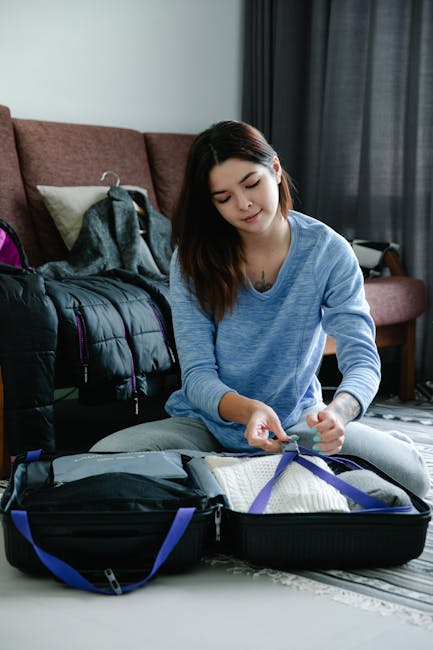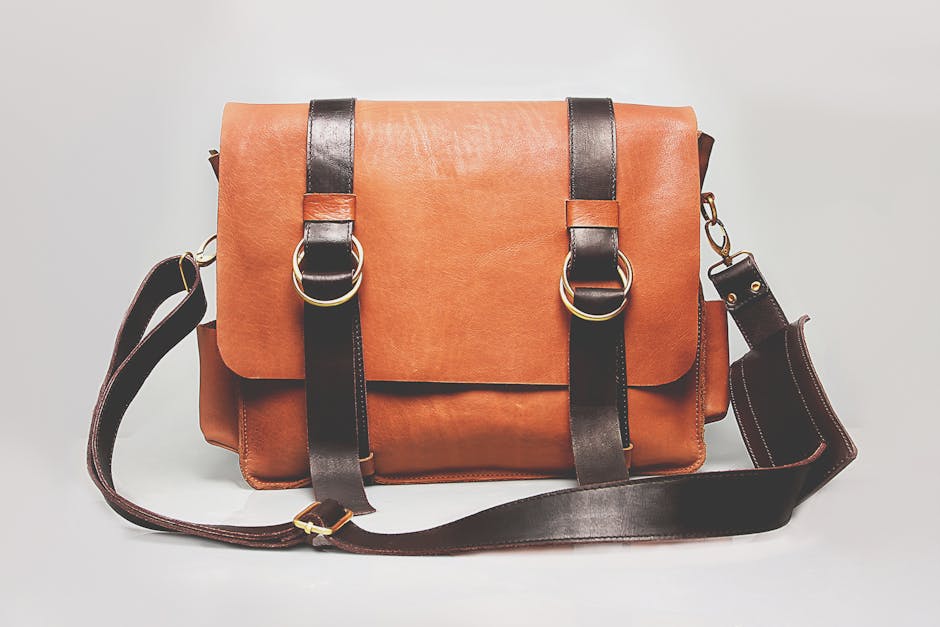and Decor for Indoor Unity
Introduction
Creating a unified and harmonious indoor space is about more than just aesthetics; it’s about fostering a sense of calm, belonging, and connection. Your interior design choices, including the color palette, furniture selection, and decorative accents, play a pivotal role in achieving this unity. This article explores how strategic design and decor can transform your home into a haven of indoor unity.
Achieving Indoor Unity Through Design & Decor
Color Harmony: The Foundation of Unity
Color is a powerful tool that can significantly impact the overall feeling of a room. Using a consistent color palette throughout your home is a key element of achieving visual harmony.
- Analogous Colors: Choose colors that are next to each other on the color wheel (e.g., blue, blue-green, green) for a soothing and cohesive feel.
- Monochromatic Palette: Use variations of a single color (e.g., different shades of gray) for a sophisticated and unified look.
- Neutral Base with Accent Colors: Start with a neutral color scheme (e.g., white, beige, gray) and add pops of color through accessories like pillows, artwork, and rugs.
Furniture Selection: Style & Scale Consistency
Selecting furniture that complements each other in terms of style and scale is crucial for creating a balanced and unified space.
- Style Harmony: Choose furniture that aligns with a specific style (e.g., modern, traditional, bohemian). Avoid mixing too many disparate styles, which can create visual clutter.
- Scale Considerations: Ensure the size of your furniture is proportionate to the size of the room. Oversized furniture in a small room can feel cramped, while undersized furniture in a large room can look out of place.
- Material Consistency: Consider using similar materials throughout your furniture selection. For example, if you have a wood coffee table, consider incorporating wood accents in other furniture pieces.
Decor Elements: Tie it all Together
Decorative items are the finishing touches that can truly tie a room together. Thoughtful placement and selection of decor elements contribute to a sense of completion and unity.
- Artwork and Prints: Choose artwork that complements the color palette and style of the room. Consider creating a gallery wall with a common theme or color scheme.
- Textiles and Fabrics: Use textiles with similar patterns or textures to create a cohesive look. This includes rugs, curtains, pillows, and throws.
- Accessories and Objects: Curate a collection of accessories that reflect your personal style but also complement the overall design. Consider using trays or decorative bowls to group smaller items together for a more organized look.
Lighting: Setting the Mood & Highlighting Unity
Lighting plays a crucial role in setting the mood and highlighting the unity within your indoor space. Using a combination of lighting types can create depth and visual interest.
- Ambient Lighting: Provides overall illumination to the room. Examples include overhead lights, chandeliers, and recessed lighting.
- Task Lighting: Provides focused light for specific activities, such as reading or cooking. Examples include table lamps, floor lamps, and under-cabinet lighting.
- Accent Lighting: Highlights specific features or objects, such as artwork or architectural details. Examples include spotlights, track lighting, and wall sconces.
Choose light fixtures that complement the overall style of your room and use bulbs that provide a consistent color temperature.
Conclusion
Achieving indoor unity is an iterative process that involves careful planning and thoughtful execution. By focusing on color harmony, furniture selection, decor elements, and lighting, you can create a space that is not only visually appealing but also fosters a sense of peace, belonging, and connection. Remember to personalize your design to reflect your unique style and preferences, creating a home that truly feels unified and harmonious.














Post Comment